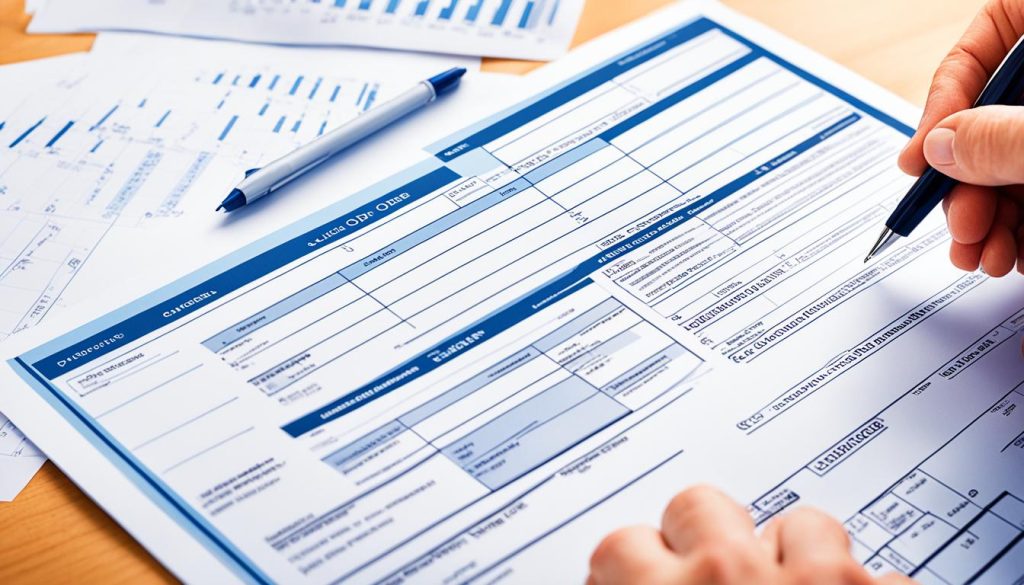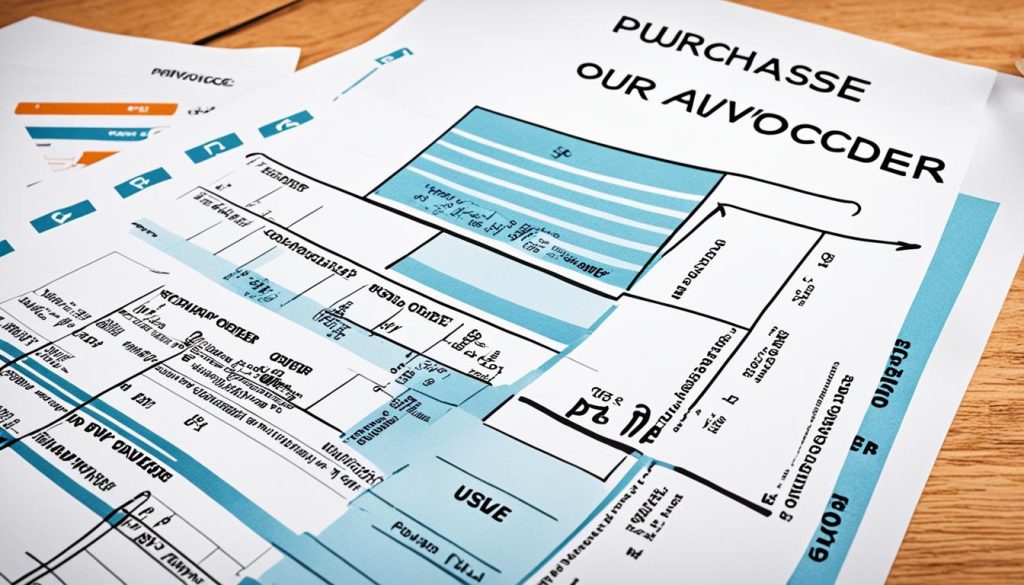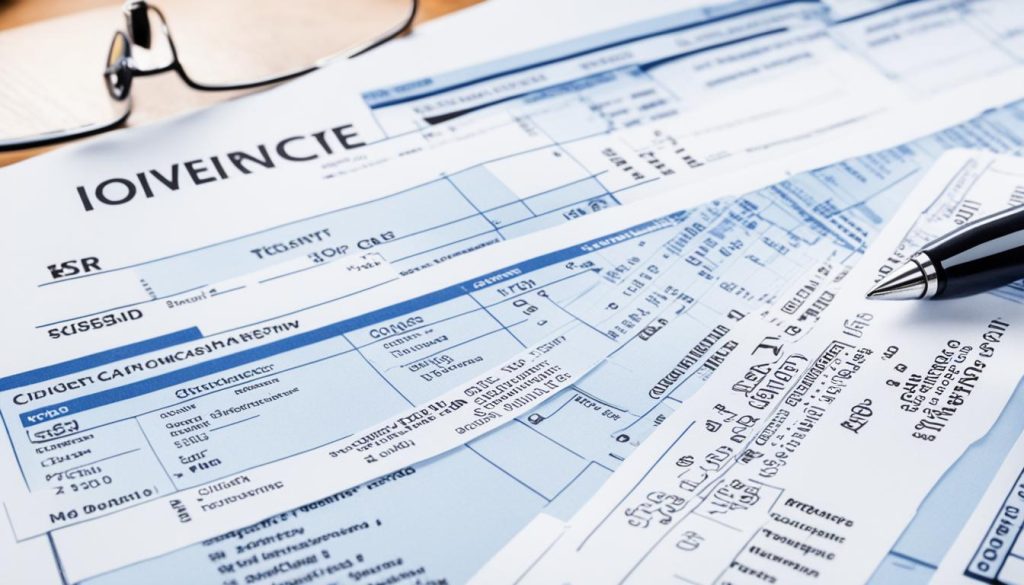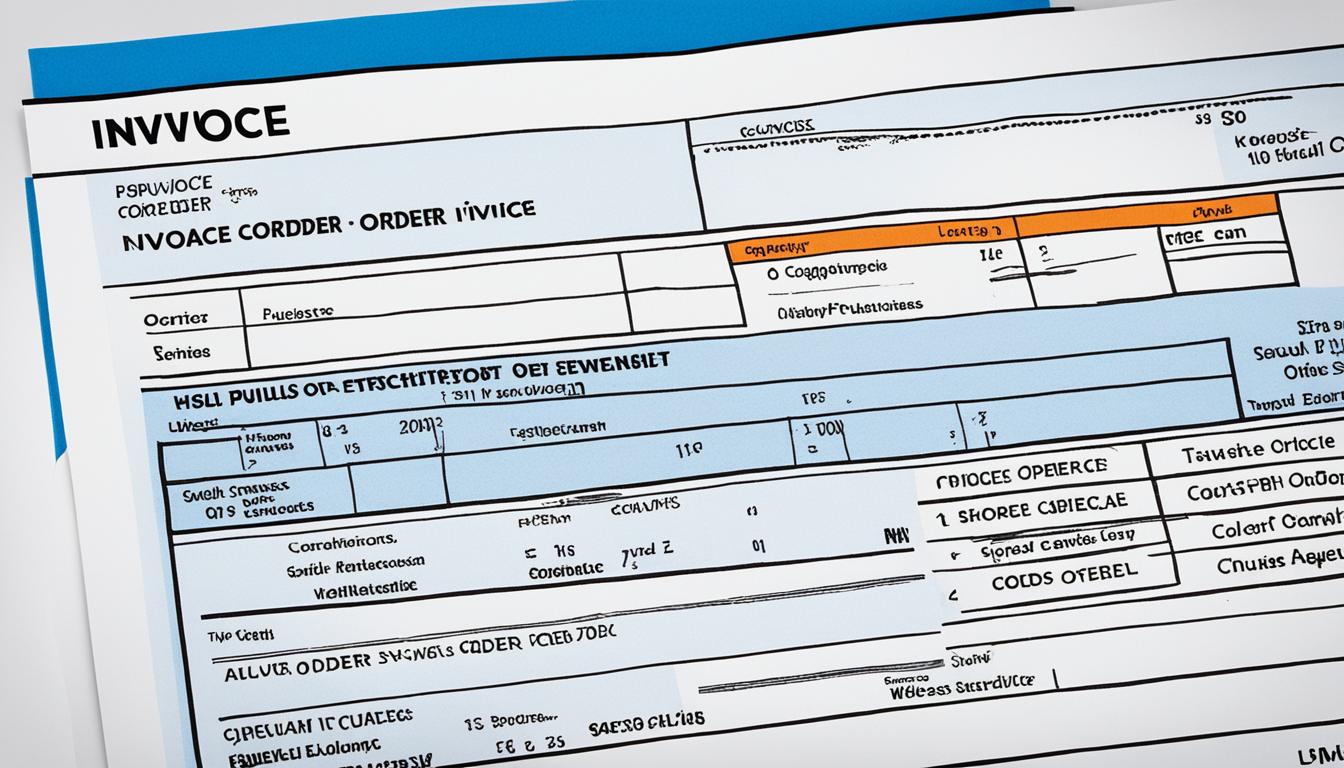A purchase order and an invoice are two essential documents in the procurement cycle. While they share some similarities, they have distinct differences in terms of purpose, timing, legal implications, content and format, and the parties involved. It is crucial to understand these differences to ensure accurate transaction management and proper financial record-keeping.
Let’s delve into the specifics of each document to understand their roles and importance in business transactions.
What Is a Purchase Order?
A purchase order is a document issued by the buyer to the seller, detailing the specifics of the products or services they wish to purchase. It serves as a formal request and creates a legally binding contract between the two parties. The purchase order process begins with the buyer creating a purchase requisition that outlines their requirements. The purchase requisition is then reviewed and approved by the relevant stakeholders before it becomes a purchase order.
The purchase order includes important information such as the order description, quantity, price, delivery date, buyer and seller details, and terms and conditions. This document ensures accurate communication and provides a clear record of the transaction.
Once the purchase order is approved, it is sent to the seller, who will then process the order and fulfill the requested products or services. The purchase order approval process varies between organizations, with some requiring multiple levels of approval to ensure proper control and authorization.

The Purchase Order Process
The purchase order process typically involves several steps:
- Creation of a purchase requisition: The buyer identifies the need for a purchase and creates a requisition, specifying the details of the required products or services.
- Review and approval: The purchase requisition is reviewed by the appropriate stakeholders, such as managers or finance personnel, who evaluate its feasibility, cost, and compliance with company policies.
- Purchase order creation: Once approved, the purchase requisition is converted into a purchase order, which contains all the necessary information for the supplier to process the order.
- Transmission to the supplier: The purchase order is sent to the supplier through various means, such as email, fax, or electronic procurement systems.
- Order fulfillment: The supplier acknowledges the purchase order and proceeds to fulfill the requested products or services. They may provide a delivery confirmation or update the buyer on any potential delays or issues.
- Invoice submission: After the goods or services are delivered, the supplier sends an invoice to the buyer, requesting payment for the completed order.
A well-defined purchase order process ensures transparency, accountability, and efficient management of procurement activities within an organization. It helps streamline operations, reduce errors, and maintain proper financial control.
| Purchase Order | Invoice |
|---|---|
| Serves as a request for products or services | Acts as a request for payment |
| Issued by the buyer | Issued by the seller |
| Specifies the order details and terms | Provides a detailed breakdown of the goods or services rendered |
| Initiated before the transaction | Generated after the transaction is completed |
| Legally binding contract | Request for payment |
The purchase order is a critical document in the procurement cycle, ensuring both the buyer and seller are on the same page regarding the scope and terms of the transaction. It helps prevent misunderstandings, disputes, and delays in the delivery or payment process.
What Is an Invoice?
An invoice is a document issued by the seller to the buyer after the purchase order has been fulfilled. It serves as a request for payment and acts as proof of completion of the transaction. An invoice includes essential details such as the description, quantity, price, taxes, payment terms, and contact information.
Invoice issuance is a crucial step in the invoicing process. It ensures that all relevant information is accurately communicated to the buyer to facilitate efficient payment processing. The invoice submission can be done electronically or in a physical format, depending on the preferred method of communication between the buyer and the seller.
The invoice process involves verifying the accuracy of the invoice information, validating the corresponding purchase order and delivery details, and ensuring compliance with any applicable regulatory requirements. This process helps to streamline financial operations, improve record-keeping, and minimize errors or disputes.
Invoices play a significant role in business transactions. They allow the seller to communicate the amount due for the goods or services provided, including any applicable taxes or discounts. Additionally, invoices provide a reference for tracking and reconciling payments, enabling efficient cash flow management and financial analysis.
Overall, understanding what an invoice is and how it functions is crucial for effective financial management and maintaining healthy business relationships.

Key Features of an Invoice
- Invoice Information: This includes the description, quantity, and price of the products or services provided, as well as any applicable taxes, discounts, or fees.
- Payment Terms: The invoice specifies the due date and preferred payment method, allowing the buyer to schedule payments accordingly.
- Reference Numbers: Invoices often contain unique identification numbers, such as invoice numbers or purchase order numbers, to facilitate easy tracking and reference.
- Contact Information: The invoice includes the contact details of the buyer and the seller, enabling effective communication and dispute resolution, if necessary.
By providing accurate and detailed information, invoices contribute to smooth financial transactions and help maintain transparency between buyers and sellers.
Difference Between Purchase Orders and Invoice
When it comes to accounting, understanding the key differences between purchase orders and invoices is crucial. While both documents play essential roles in the procurement and financial processes, they serve distinct purposes and have different implications.
Purchase Orders
A purchase order is a document issued by the buyer to the seller before a transaction takes place. It serves as an official request for the purchase of goods or services and outlines the buyer’s expectations in terms of quantity, description, price, delivery date, and terms and conditions. With a purchase order, the buyer communicates the need for a specific product or service and ensures that the seller has a clear understanding of the requested items. From an accounting perspective, purchase orders are recorded as liabilities, as they represent a commitment to purchase.
Invoices
An invoice, on the other hand, is generated by the seller after the transaction has been completed. It serves as a request for payment from the buyer for the goods or services provided. The invoice includes details such as the description, quantity, price, taxes, payment terms, and contact information. It acts as a record of the transaction and helps facilitate the payment process. In accounting terms, invoices are recorded either as accounts receivable (if the buyer has yet to make payment) or accounts payable (if the buyer has made the payment on credit).
Now, let’s summarize the key differences between purchase orders and invoices:
| Purchase Order | Invoice |
|---|---|
| Issued by the buyer before the transaction | Issued by the seller after the transaction |
| Communicates the buyer’s expectations | Requests payment for goods or services provided |
| Used for tracking and managing purchases | Used for billing and payment purposes |
| Recorded as liabilities | Recorded as accounts receivable or accounts payable |
Understanding the difference between purchase orders and invoices is essential for efficient inventory management, accurate financial reporting, and smooth transaction processes. By utilizing these documents correctly, businesses can ensure that their procurement and accounting procedures are in order.

Importance of Purchase Orders and Invoices in Business Transactions
Purchase orders and invoices play critical roles in business transactions. Both are essential documents that facilitate smooth and efficient operations, ensuring clear communication, accurate record-keeping, and timely payments.
How Purchase Orders Help Businesses?
- Set Clear Expectations: Purchase orders provide detailed information about the products or services being ordered, including quantity, price, and delivery date. By clearly outlining the buyer’s requirements, purchase orders help businesses ensure that their needs are met.
- Avoid Duplicate Requests: By using purchase orders, businesses can avoid double ordering or ordering the same product or service multiple times. This helps prevent unnecessary expenses and complications that may arise from duplicate requests.
- Prevent Cost Overruns: Purchase orders enable businesses to establish predetermined prices and terms with their suppliers. This helps control costs and prevents unexpected price increases or additional charges.
- Detect Performance Issues: When comparing the goods or services received against the purchase order, businesses can easily identify any discrepancies or performance issues. This allows for prompt resolution and ensures that the products or services meet the desired quality standards.
- Manage Inventory Effectively: Purchase orders assist businesses in keeping track of inventory levels and replenishing stock in a timely manner. This helps prevent stockouts and ensures that the business can fulfill customer orders promptly.
How Invoices Help Businesses?
- Create a Paper Trail: Invoices provide a formal record of the products or services provided to the buyer. They serve as proof of the transaction and can be used for future references, audits, or legal purposes.
- Keep Track of Revenue: Invoices play a crucial role in tracking revenue for businesses. They allow businesses to record and monitor the amounts owed by their customers, enabling effective cash flow management.
- Improve Cash Flow: Timely and accurate invoicing can significantly improve a business’s cash flow. Invoices ensure that customers are aware of their payment obligations and encourage timely payments, reducing the risk of cash flow disruptions.
- Maintain Transparency: Invoices provide detailed information about the goods or services provided, including pricing, taxes, and payment terms. This transparency promotes trust between the business and the customer and helps to build strong, long-lasting relationships.
- Ensure Timely Payments: By promptly issuing invoices, businesses can ensure that their customers are aware of the payment due dates and terms. This minimizes delays in receiving payments and helps maintain a steady cash flow.
Both purchase orders and invoices are integral to efficient financial management in businesses. By leveraging these documents, businesses can streamline their procurement processes, maintain accurate financial records, and contribute to the overall success of their operations.

Conclusion
In conclusion, purchase orders and invoices are essential documents in the procurement cycle that serve different purposes. A purchase order is issued by the buyer to set expectations and initiate a transaction, while an invoice is issued by the seller to request payment for goods or services provided.
Purchase orders help businesses streamline their procurement process, manage inventory, and avoid cost overruns, while invoices contribute to effective cash flow management, revenue tracking, and timely payments. Understanding the key differences between purchase orders and invoices is crucial for accurate financial record-keeping and successful transaction management.
By utilizing purchase orders and invoices appropriately, businesses can improve their overall financial management and ensure smooth and transparent business transactions. Therefore, it is essential for organizations to have clear processes in place for issuing, managing, and tracking purchase orders and invoices.





